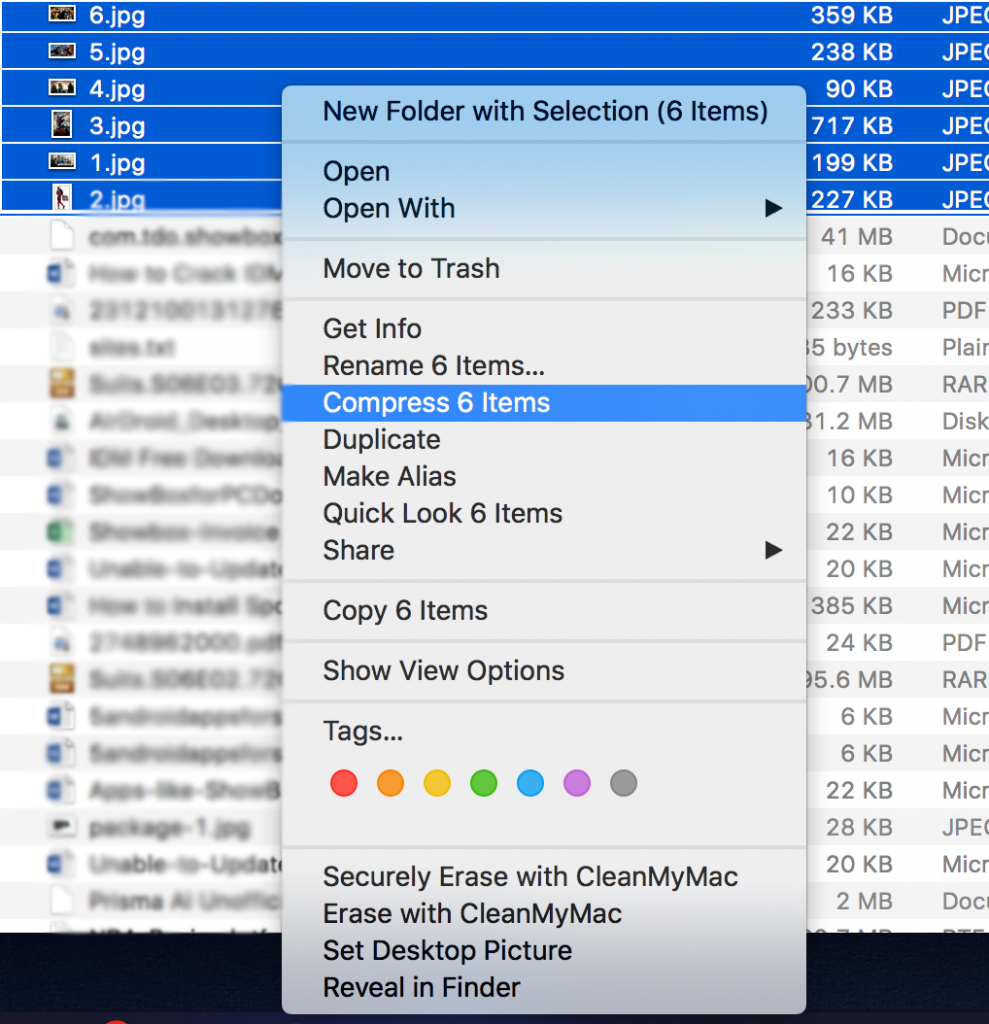

- #HOW TO SAVE IN A ZIP FILE ON A MAC HOW TO#
- #HOW TO SAVE IN A ZIP FILE ON A MAC CRACKED#
- #HOW TO SAVE IN A ZIP FILE ON A MAC ARCHIVE#
- #HOW TO SAVE IN A ZIP FILE ON A MAC ANDROID#
- #HOW TO SAVE IN A ZIP FILE ON A MAC SOFTWARE#
We know it is a complicated process not only for beginners but even for experts sometimes, thus don't go for it without hardcore surety.
#HOW TO SAVE IN A ZIP FILE ON A MAC CRACKED#
Once the "Session complete" notification comes to your notice, type name.pot (Just substitute the name with folder's name) and hit "Enter" to display the cracked password. Again enter john.exe -pot=name.pot -wordlist=john/run/password.lst name.hash and hit "Enter" and the password cracking procedure will be initiated. Next input zip2john.exe name.zip > zip folder name.hash and press "Enter" and mention the hash pathway of your ZIP folder with the command by name of your hash file.hash. Now open up the cmd command entry box, and type desktop/john/run and press "Enter" to change the "run" folder of John the Ripper.

Click on "john180j 1w" and press "Ctrl + C" to copy and then "Ctrl + V" to paste the file on the desktop screen. Name the folder as "john" and cleverly move the ZIP folder in the "Run" folder within it. Now you just need to double click the downloaded file to extract the contents and no special installation is required, Windows will do the rest automatically. Firstly make sure to download the enhanced version of the utility to your available computer or laptop which stores the locked ZIP folder lately. And we will take advantage of that curriculum in this section. John the Ripper is a very famous for Windows password recovery, but it can simultaneously crack passwords for varying file formats also including ZIP password.
#HOW TO SAVE IN A ZIP FILE ON A MAC HOW TO#
How to Open Password-protected ZIP File with John the Ripper
#HOW TO SAVE IN A ZIP FILE ON A MAC ANDROID#
#HOW TO SAVE IN A ZIP FILE ON A MAC SOFTWARE#
Moreover, it becomes easier for software distributors and also for you to upload the compressed less space taking zip file on mail attachments or on other websites. Then you can Email someone an AES-encrypted file and text them the password,t his would be the best and safest way to share documents without the fear of being modified or stolen by unauthorized person. Besides this side, ZIP also provide an encryption function which can password protected your ZIP in in two different strengths: 128-bit AES and 256-bit AES.
#HOW TO SAVE IN A ZIP FILE ON A MAC ARCHIVE#
Navigate to Archive Utility > Preferences.Most of time we like to use ZIP file to share or send important file or folder online because it can compresses large files, this feature allow all the files and folder contained in ZIP to be compressed in way at the most extent. You can locate the application manually, but it resides deep in /System/Library/CoreServices/Applications. To access Archive Utility’s preferences, follow these steps:ĭo a Spotlight search for Archive Utility and launch the app. Settings are sparse, but you’re able to alter Finder’s behavior and choose what happens to archived and extracted files.
/PathtocompressasinglefileinFinder-8f0398cb401a46229e9a5c37ff4dcf47.jpg)
You can also use Archive utility to compress files when needed.Īdditionally, you can change the way Archive Utility behaves by accessing the app’s preferences. A folder with the extracted content will appear in the same location as the original file, if you haven't altered the default preferences. This method may be simple, but it does get results. The simplest way to extract content from a ZIP file in macOS is by using the built-in extraction tool. Open ZIP Files on a Mac Using the Built-In Archive Utility Let’s discuss several methods you can use to open ZIP files on a Mac. While macOS’s built-in extraction tool does the job, you can’t open a ZIP file without extracting all of its contents, which isn’t ideal in some situations. However, sometimes the standard methods don’t offer all the fancy features you need. Most modern operating systems come with their own extraction tools for compressed files. When it comes to opening ZIP files on a Mac, you have several viable options.


 0 kommentar(er)
0 kommentar(er)
